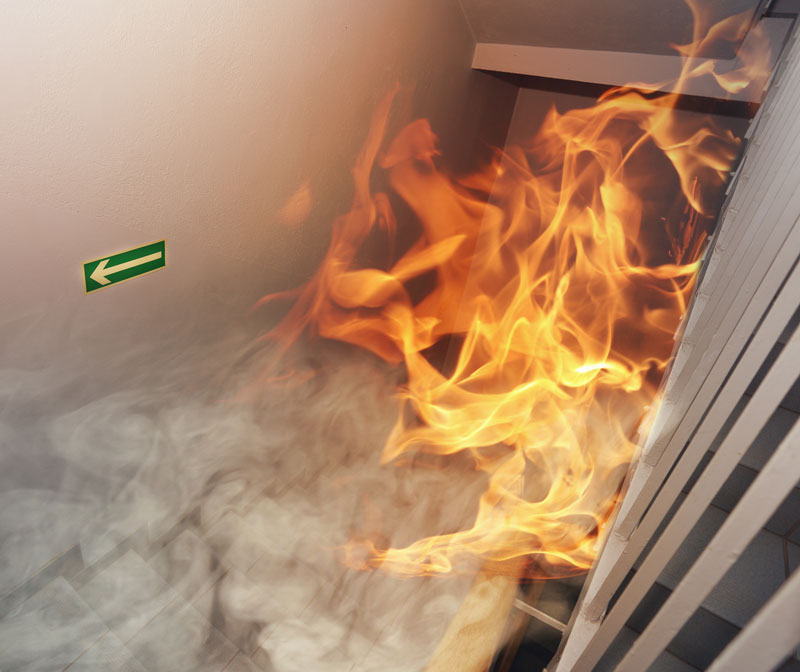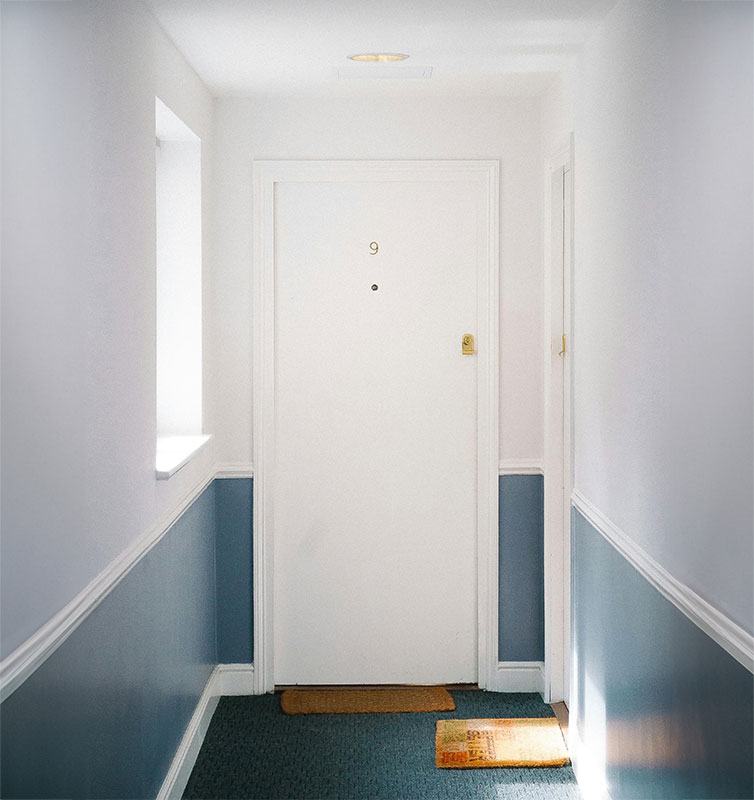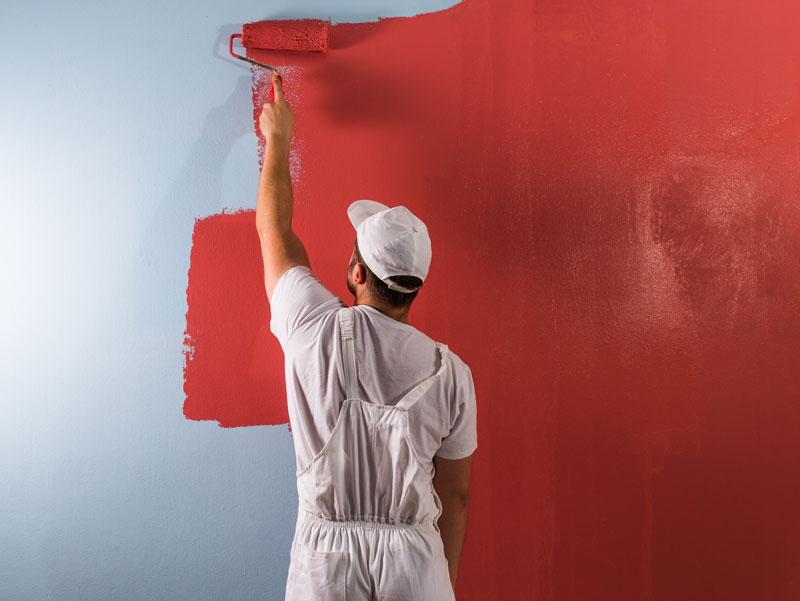Intumescent Paint for Wood and Steel: Protecting Your Property with Fire Retardant Solutions
Intumescent paint is a critical line of defense for buildings, offering essential fire protection for structural materials like wood and steel.
From large commercial projects to residential properties, this paint provides a safe, unobtrusive way to increase fire resistance without compromising the look of the building.
Whether you’re considering intumescent paint for timber beams or steel framework, understanding how these paints work and their range of applications can help you make an informed choice about fire safety.

What is Intumescent Paint?
Intumescent paint is a specialized fire retardant coating that swells when exposed to extreme heat. This swelling creates an insulating layer that slows down the heating of the coated materials, significantly delaying structural weakening during a fire. Key features include:
- Expands to create a heat-resistant barrier, reducing fire spread and heat transfer.
- Extends fire resistance time, often by up to two hours.
- Suitable for various materials including wood, steel, and other metals.
Product Spotlight: Consider Envirograf’s Intumescent Coating for steelwork and timber, a trusted choice in the industry known for its versatility and high fire resistance ratings.
Intumescent Paint for Steel
Steel is essential in commercial buildings but vulnerable to heat in fire situations. Applying intumescent paint for steelwork can provide:
- Enhanced structural safety, as the coating delays heat penetration.
- Extended evacuation and firefighting time, crucial for large facilities.
For a high-quality option, Thermoguard Steel Fire Paint is a popular choice. It meets key safety standards and is designed to maintain the structural integrity of steel under high temperatures.
Fire Retardant Paint for Wood and Timber
While wood offers aesthetic appeal and versatility, it is naturally flammable. Intumescent paint for wood, such as Zeroflame Clear Fire Retardant Paint, provides:
- Fire protection without altering wood’s appearance, ideal for exposed beams.
- Available in clear and tinted finishes, including black for design flexibility.
Zeroflame is especially useful for residential and commercial spaces where maintaining the natural look of timber is essential.
Fire Retardant Paint for Metal
Aside from steel, other metals benefit from fire-retardant coatings. Fire retardant metal paint:
- Protects decorative and structural metal elements, adding to overall safety.
- Does not compromise aesthetics, allowing the natural metallic look to remain.
Are Fire Retardant Paints Toxic?
Most fire retardant paints, including intumescent paints, are water-based and low in VOCs (volatile organic compounds), making them safe to use. However, always consult with the manufacturer for details, especially if used indoors.
Choosing the Right Fire Retardant Paint
When selecting intumescent or fire retardant paint, consider these factors:
- Material type (wood, steel, other metals)
- Application environment (indoor or outdoor)
- Fire resistance rating required (often governed by building codes)
Brands like Envirograf and Zeroflame offer a wide range of products designed to meet industry safety standards. Consulting a professional is recommended for the application to ensure optimal fire resistance and longevity.
Application of Intumescent Paint
Proper application is key to ensuring intumescent paint performs effectively in a fire scenario. Intumescent paints are applied similarly to regular paint but require specific techniques and careful attention to detail for optimal results. Whether you’re coating wood, steel, or another surface, following best practices can significantly enhance the fire resistance of your materials.
Steps for Applying Intumescent Paint
- Surface Preparation
Ensure the surface is clean, dry, and free from dust, grease, or loose particles. For steel, this may include removing rust or corrosion and applying a suitable primer to improve adhesion. Wood surfaces should be sanded smooth, with any imperfections filled to ensure an even application. - Primer Application (if needed)
Depending on the material and brand, you may need to apply a primer before the intumescent paint. This layer helps the paint bond effectively and ensures long-lasting durability. Brands like Envirograf and Zeroflame offer primers compatible with their intumescent paint products. - Applying the Intumescent Paint
Apply the paint in even layers using a brush, roller, or spray gun. Spraying often achieves the most uniform coverage and can be faster for large areas, especially steel beams and structural elements. It’s crucial to follow the manufacturer’s guidelines on application thickness, as the paint’s fire resistance depends on this coverage. - Allow for Drying Time
Allow each coat to dry fully before applying the next. Drying times vary by product but can be several hours, depending on temperature and humidity. Multiple coats may be necessary, particularly if you’re aiming for a high fire-resistance rating. - Quality Check
Inspect the surface to ensure there are no missed spots or thin areas. Consistent thickness is essential for effective fire protection. For commercial or regulated applications, you may need to verify thickness with a gauge to meet safety standards. - Finishing
In some cases, you may want to add a topcoat for aesthetic purposes or additional durability, particularly if the surface is exposed to weather. Clear or tinted topcoats can enhance longevity while allowing the fire retardant layer to remain effective.
Tips for Best Results
- Work in a well-ventilated space to ensure safe application and proper drying.
- Use professional equipment if available, especially for large-scale or commercial applications.
- Consult a professional for complex projects, such as structural steel applications or areas with strict fire safety regulations.
Proper application is essential to achieving the desired level of fire protection, making it a worthwhile investment to follow these steps closely. By adhering to best practices, you can maximize the safety benefits of intumescent paint and contribute to a safer environment.



